Like a bonsai tree, having a small tree inside your home might seem like a good idea. But is it okay? Let’s talk about it.
Bonsai trees are those small trees you often see in small pots. People like them because they look cute, and caring for them is fun.
When you keep a bonsai tree indoors, it can make your home look more interesting.
Some people think they bring good luck. But here are some things to keep in mind while having these plants.
So, look for more information about this apple bonsai tree to get a clear answer to your question: Is it okay to keep a bonsai tree indoors?
Can You Grow Bonsai Trees Indoors?
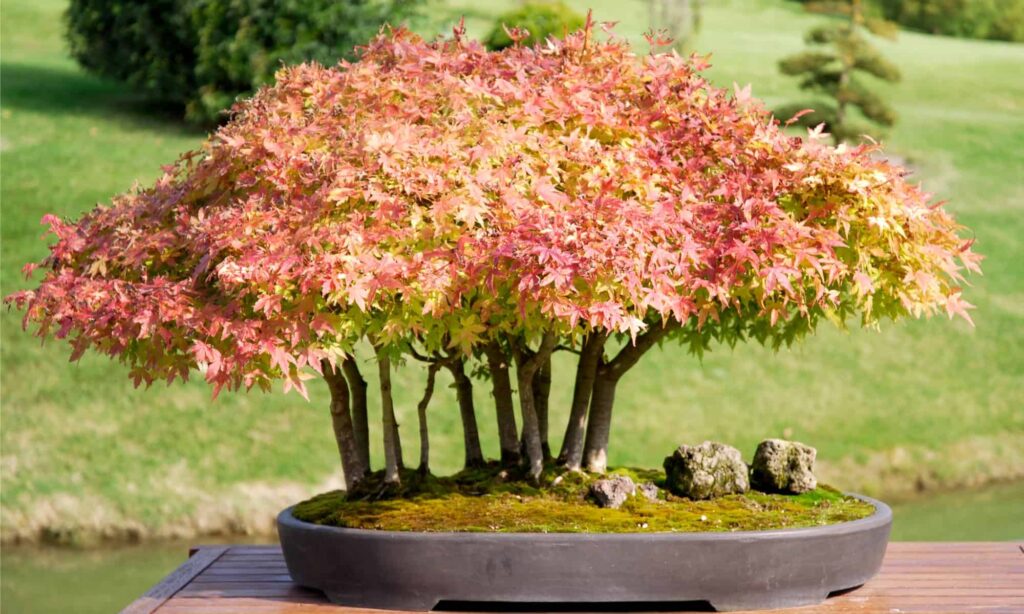
You can have tiny bonsai trees inside your home but remember a few important things.
Bonsai trees are typically meant for outdoor living and require extra attention when indoors.
Bonsai trees can grow indoors but need specific conditions to stay healthy.
While bonsai trees enjoy plenty of light from a window, it’s best if it’s not direct sunlight.
They might become weaker and less strong if they don’t get enough light. Therefore, position them near a window where they can see the sky.
The lifespan of apple bonsai trees can significantly exceed expectations with the right care.
Understanding the unique aspects of their growth and health needs allows enthusiasts to enjoy these beautiful, fruit-bearing trees for many years.
How to Maintain a Healthy Bonsai Tree Indoors
1. Provide Enough Light
To make sure your bonsai stays healthy inside, it needs good light. Bonsai trees like sunlight, but not too much.
Put your tree close to a sunny window, but not where it can get too hot from the sun.
If you don’t have much natural light, you can use a basic lamp with a cool, white light bulb to help out.
Make sure your bonsai gets 5-6 hours of light every day so it can grow well. The right light will also help it stay happy and strong indoors.
2. Provide High Humidity
Small bonsai trees like a bit of dampness in the air.
To make your home air less dry for them, you can spray water on them every day using a spray bottle.
Or, you can put a dish with water and small rocks close to the tree.
When the water changes into vapor, it makes the air wetter around the tree, making it happy. This is a simple way to help your bonsai stay healthy.
Following these easy steps, your bonsai will stay healthy and grow well. It’s not hard to make them feel good.
So, keep the air around them slightly wet, and they will thank you.
3. Maintain the Right Temperature
Keeping the right temperature is important. Bonsai trees like it when it’s not too hot or too cold.
They feel best around 60-75°F (15-24°C). Don’t let them get too cold or too hot.
Ensure they’re not near doors, heaters, or air conditioners that blow air, as that can worry the tree.
Keeping the room comfortable, not too hot or too cold, will help your bonsai tree grow well when it’s inside.
So, keep things not too hot or cold for your little tree friend. It will thank you for growing nicely.
How Can Indoors Cause Problems for Bonsai Trees?
When bonsai trees are kept indoors, they may face some challenges. Understanding these issues can help you care for your indoor bonsai effectively:
1. Lack of Light
Inside places usually don’t have as much light as outside. This can cause plants not to grow well because they need light for photosynthesis.
Fake lights that help plants grow can compensate for the missing sunlight. These lights are like pretend suns for the plants.
They give the plants the light they need to make food and grow strong.
So, if you have plants indoors and they’re not getting enough sun, you can use these special lights to make them happy and healthy.
Just remember, plants are like people; they need their sunshine too.
2. Humidity Levels
The air inside your home is often not very wet, which might cause issues for your bonsai. To help with this, you can do a couple of simple things.
You could put a shallow dish with water and small rocks close to your bonsai tree.
This can add some moisture to the air around it. Another choice is to use a machine called a humidifier.
A humidifier sprays a fine water mist into the air, making it wetter. Both of these ideas are easy and can help your bonsai stay healthy.
So, if you want your bonsai to be happy, consider these tips to make the air around it less dry.
Don’t Forget to Prune Your Bonsai
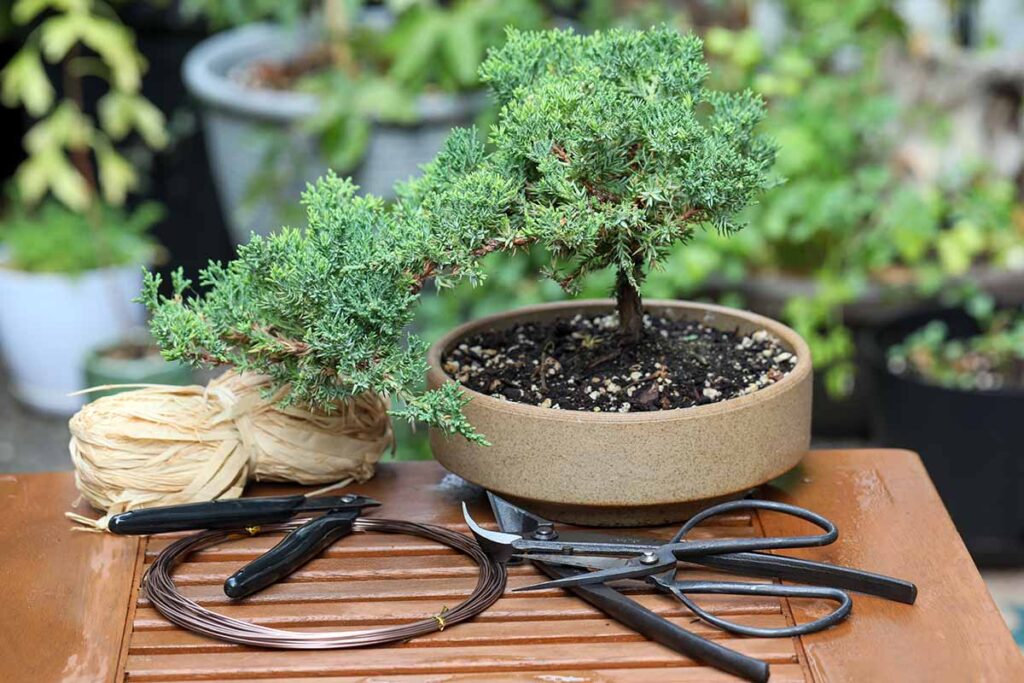
It would be best if you often cut your bonsai tree. This helps it stay healthy and in the right shape.
When you cut it, it grows new parts and keeps its shape. Cutting also gets rid of any dead or sick parts of the tree.
So, don’t forget to trim your bonsai regularly to keep it looking nice and healthy. This is important for your small tree.
Use Potting Soil Specially Made for Bonsai Trees
Little trees called bonsai need special dirt to grow well. The dirt used for bonsai helps water drain away and lets air in.
This is important for the tree’s health. It stops too much water from hurting the tree and keeps its roots safe.
This is especially important when you keep bonsai inside your home.
So, use the right soil for your little bonsai tree to keep it happy and healthy.
Conclusion
As for the final thought, Having an indoor bonsai is a great idea. It’s nice to see a little tree in your home.
They’re pretty and make you happy. But be gentle with them. Just do not forget indoor bonsai trees are cool. But they need your care.
They like sunlight, so put them close to a window. Water them just enough, not too much or too little. Use a small pot with good soil.
So, having an indoor bonsai plant can be an amazing thing.
With some simple steps, you can enjoy the beauty of these bonsai trees at your home only.

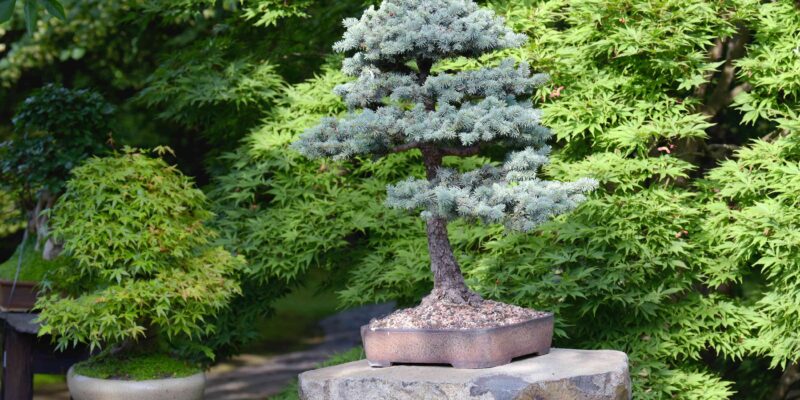
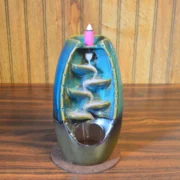


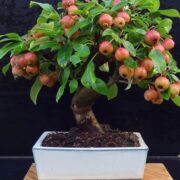

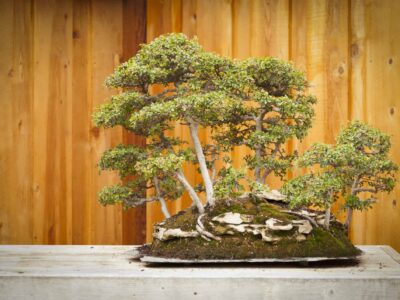

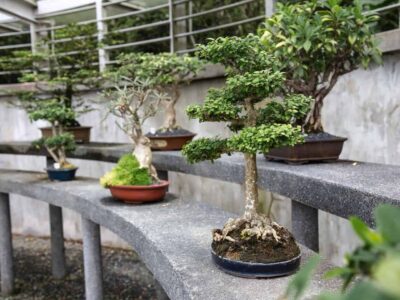
Comments